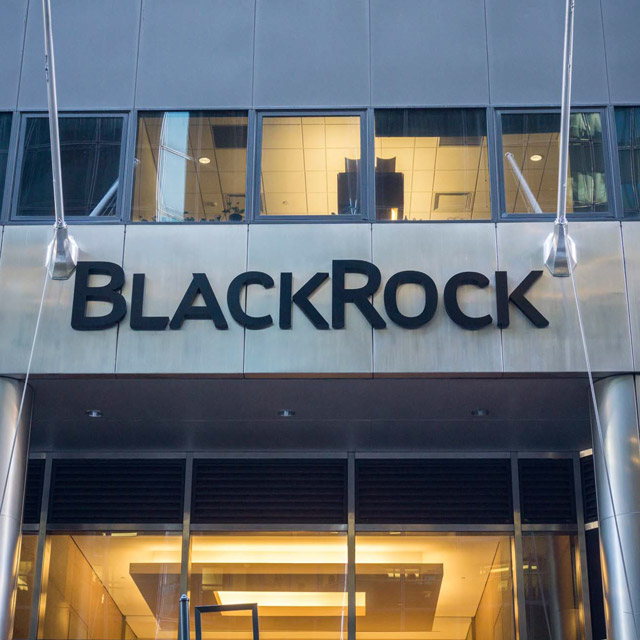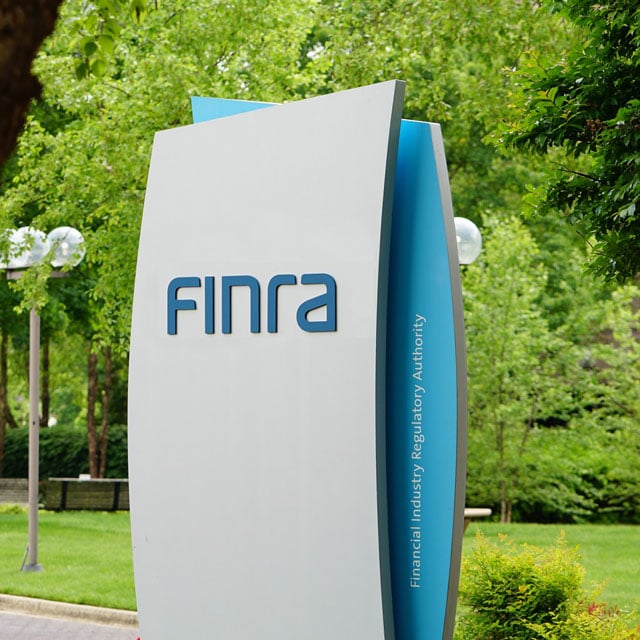Falcon
NOT FOR REPRINT
Best & Worst Performing Robo-Advisors Over the Past 5 Years
Slideshow November 24, 2021 at 04:38 PM
Share & Print
Though 60/40 may be on the way out as the best asset allocation for long-term returns, over the past five years, it has been a popular strategy for many robo-advisors, which is why the latest Robo Report studied what determined the differences in their performance. The report studied the overall total portfolio returns of 10 digital advisors that have been around for the five years through Sept. 30, 2021, compared to a normalized benchmark, which accounts for differences in the weight of equity holdings. It found that the key determinants for differentials in performance were their allocations to large-cap and growth stocks. The average annual return of the top five robos in the group of 10 was 13.4%, and their average allocation to large-cap stocks was 74%. The average annual return of the bottom five robos was 11.7%, and their average allocation to large-cap stocks was 63%. The 1.7% difference in performance over five years would add hundreds of dollars in earnings compounded over five years. The top five performers allocated 32% to growth stocks and 30% to value stocks; the bottom five allocated 29% to growth stocks and 32% to value. "Robos that avoided adding additional value funds did well," said Thomas Leahy, senior investment analyst at Backend Benchmarking, which publishes The Robo Report. "Large-cap growth outperformed despite the Fama and French model that favors small and value stocks," said Leahy, referring to the investment model developed by academics Eugene Fama and David French, which favors small-cap value stocks for long-term performance. "Robos that avoided additional value funds did well; those that added more value really suffered," added Leahy. In the gallery above are the top- and bottom-performing robo-advisors over the five years ended Sept. 30, in descending order, with their average annual performance.
NOT FOR REPRINT
© 2025 ALM Global, LLC, All Rights Reserved. Request academic re-use from www.copyright.com. All other uses, submit a request to [email protected]. For more information visit Asset & Logo Licensing.










